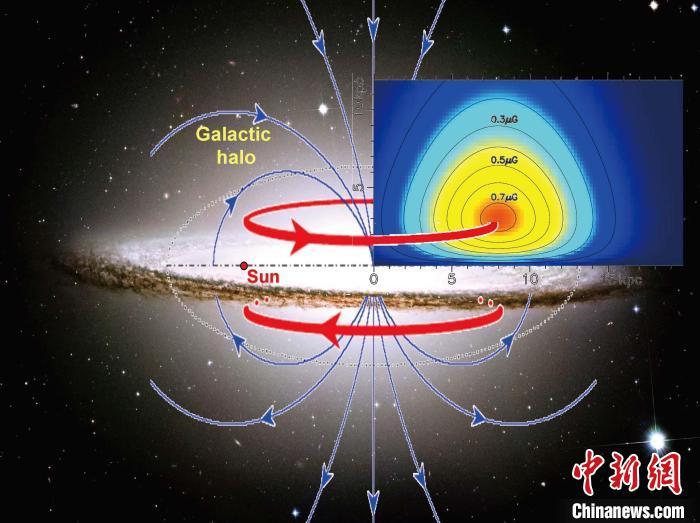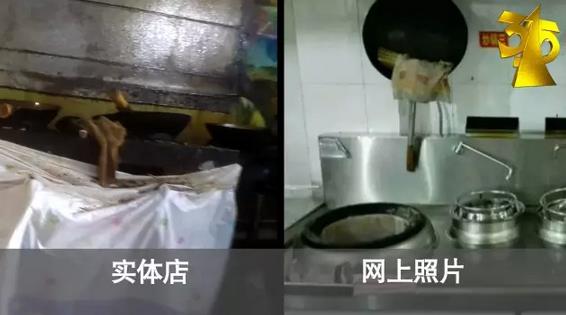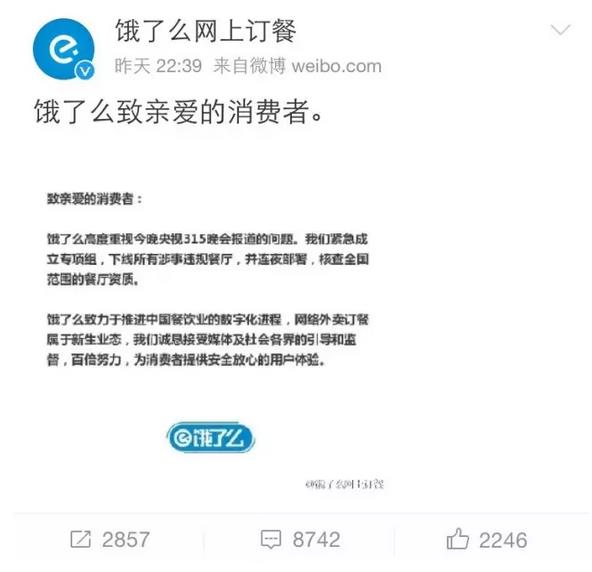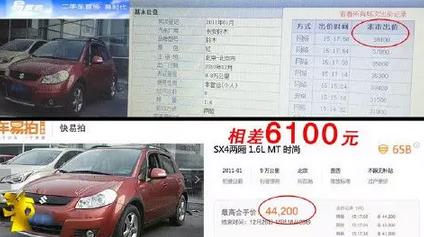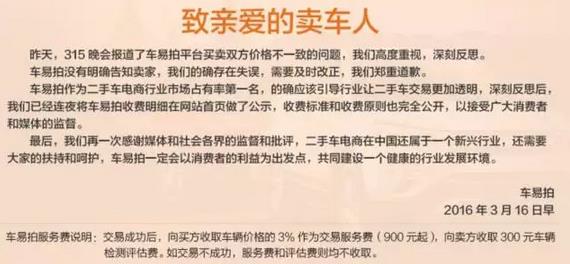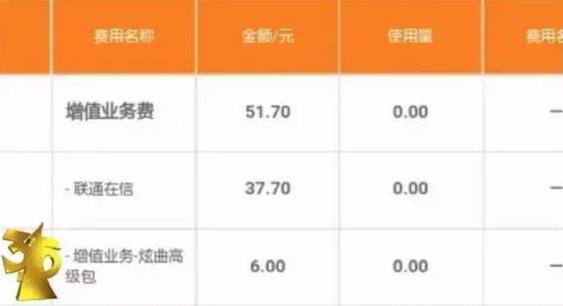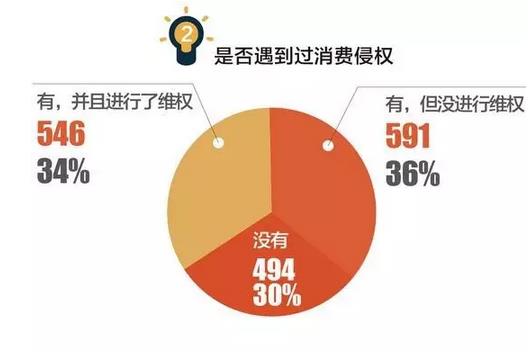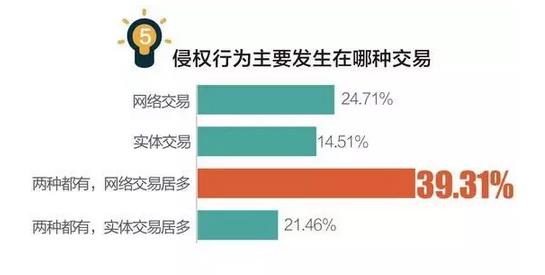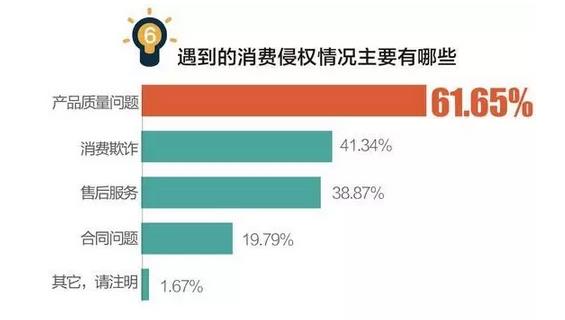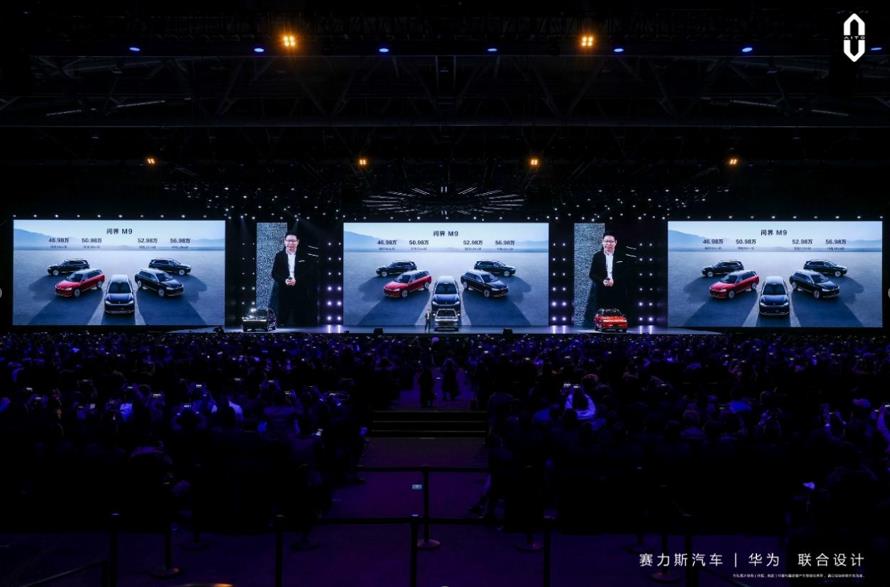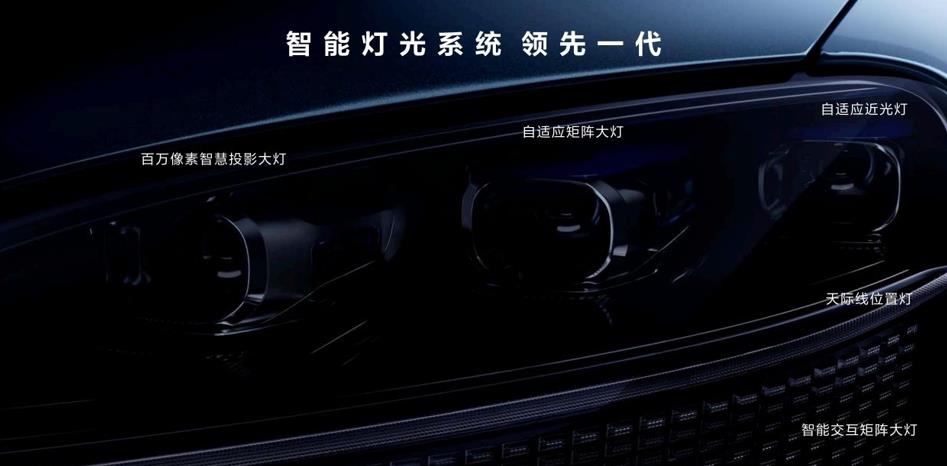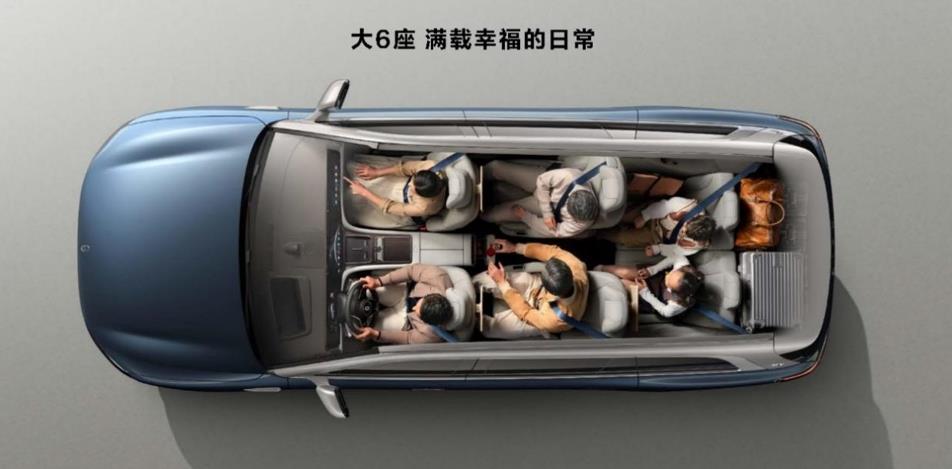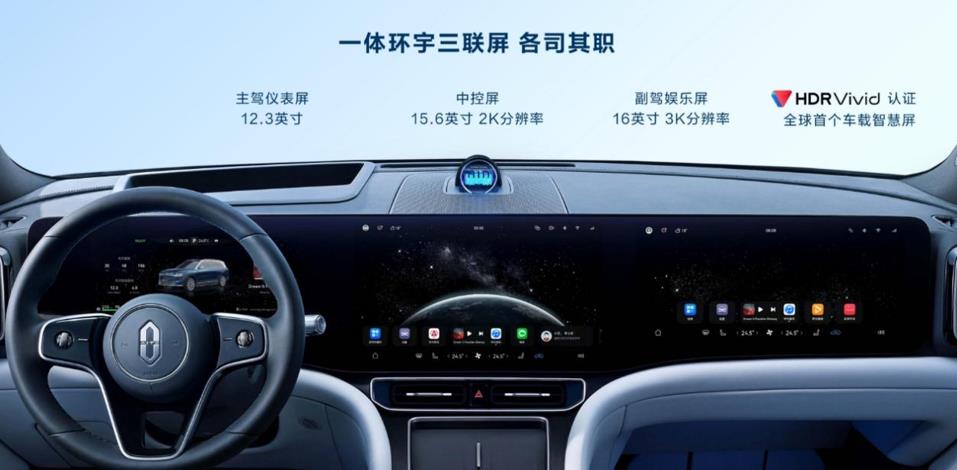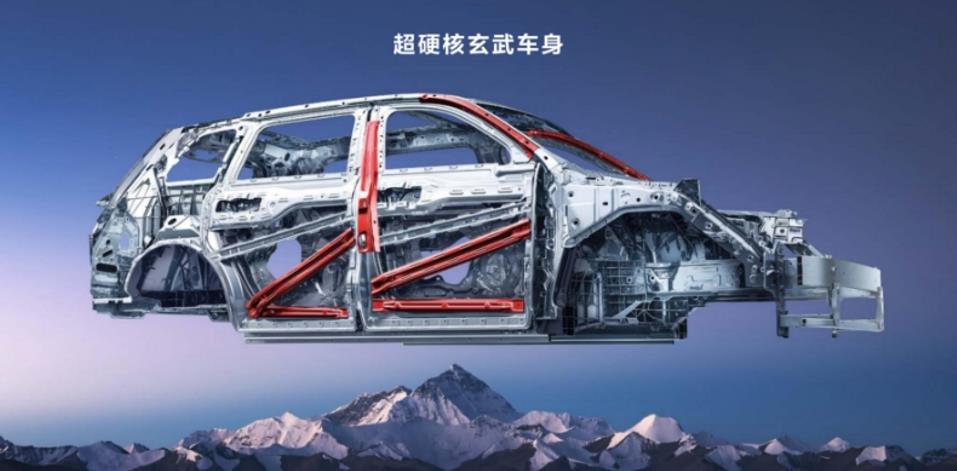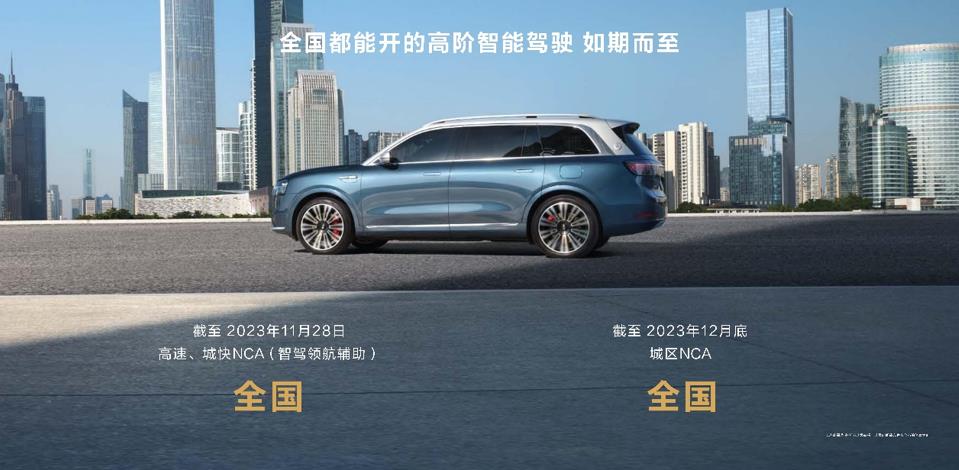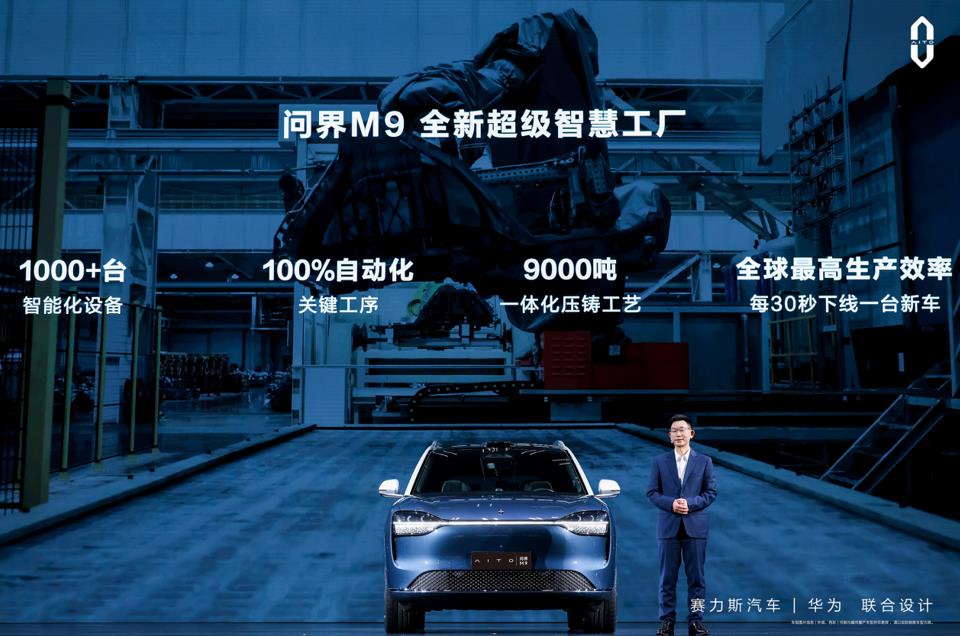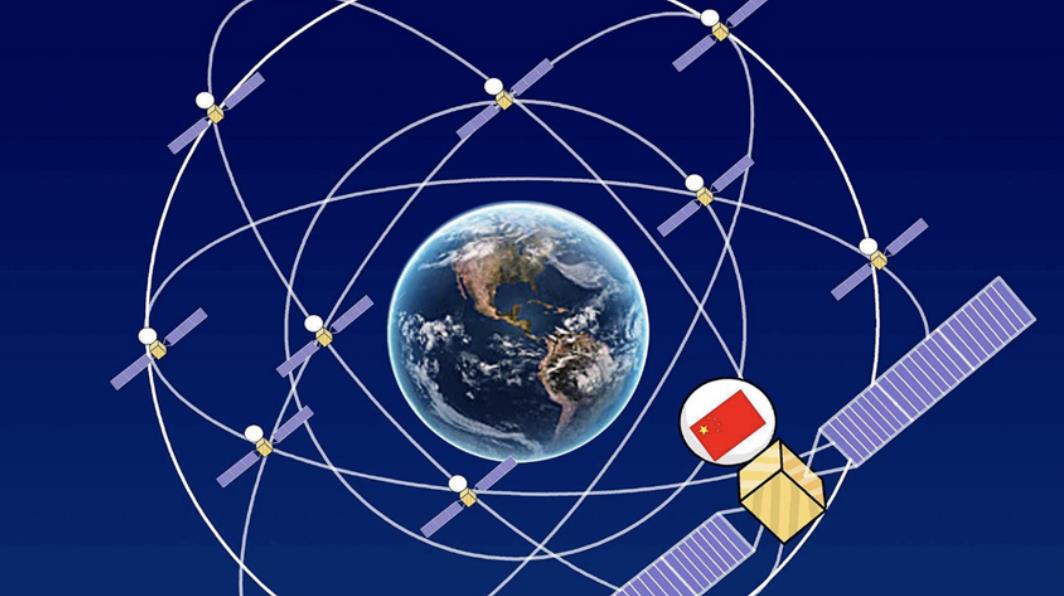
Intersection news, with the successful launch of the Beidou-3 GEO-3 satellite, our country’s Beidou satellite navigation system construction project has been successfully completed, the star array has been listed, and the global "Skynet" has been successfully woven. What changes will the "Beidou-3" bring to our lives in the future? After more than 30 years of practice and exploration, why is our country so persistent in the construction of the "Beidou" system? The reporter interviewed Professor Wen Xin and Professor Kang Guohua from the School of Aeronautics and Astronautics of Nanjing University of Aeronautics and Astronautics to explore the way forward for Beidou together.
You’ve already used Beidou, but you may not know it.
Many people know that our country launched the Beidou satellite, but they do not know that Beidou has long been available to the people and open to the world.
If you pay attention, it is not difficult to find that your smartphone can always accurately tell the time, almost not like a watch, occasionally "going fast" or "going slow", and it is the Beidou satellite navigation system that helps you "check the watch".
Kang Guohua, a professor at the School of Astronautics at Nanjing University of Aeronautics and Astronautics, told reporters that "Beidou" is not just a satellite launched into the sky, but a huge system project. Seemingly out of reach, it is actually closely related to our lives. "Since the 1980s, the whole world has been using the GPS of the United States. With the Beidou system, the absolute dominance of GPS in the field of global satellite positioning has been challenged, and now most of our mobile phones have begun to use the Beidou navigation system."
He took out his mobile phone and showed the reporter the satellite zenith map displayed by the mobile APP. The picture shows the movement of the satellites of the four major satellite navigation systems in the world on the local zenith. They are the Global Navigation and Positioning System (GPS) of the United States, the GLONASS system of Russia, the Galileo system of the European Union, and the Beidou system of China. "Among them, the color satellites that can receive signals are in orbit, while the black and white ones are temporarily unable to receive signals."
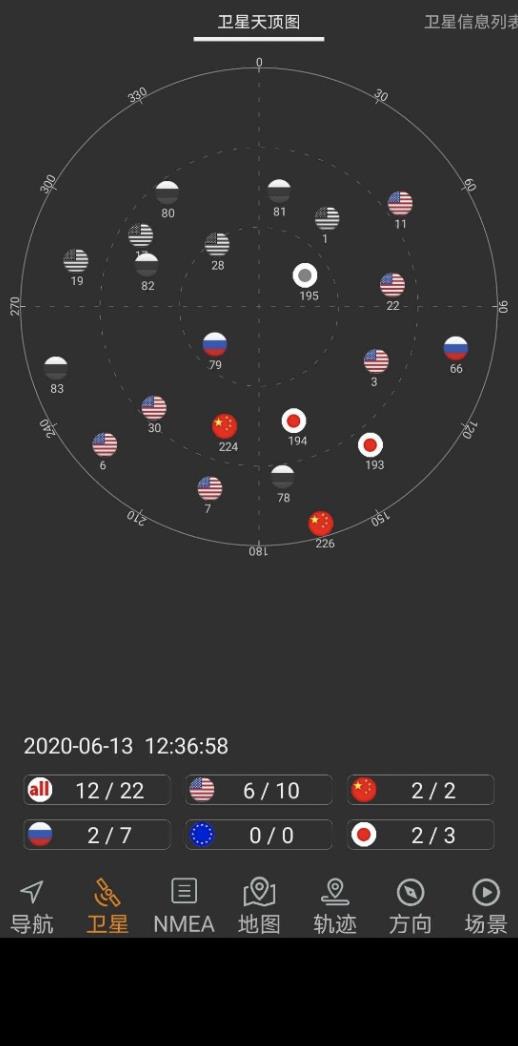
Each Beidou satellite weighs 850KG, has a payload weight of 300Kg, and carries three functions – positioning, timing and short message. Positioning is the foundation of navigation, and navigation is the application of positioning, Kang Guohua said. Positioning is "telling you where you are" and navigation is "telling you how to go from where you are now to where you want to go."
Timing, as the name implies, is to "give the exact time". For some instruments and equipment, it is to calibrate the time. As long as the Beidou timing function is used, even if it is distributed in different parts of the world, the time can still be "synchronized". Kang Guohua told reporters that time synchronization is a national security guarantee, such as high-speed rail, power grid, computer network communication, etc., all need time synchronization. For example, relying on the precise positioning of Beidou, the high-speed rail brakes from 350 kilometers per hour to parking, and the final stop error can be controlled within 10 centimeters.
Short messages are a unique feature of China’s Beidou. Unlike GPS receivers, which can only receive satellite signals in one direction, Beidou receivers can not only achieve positioning, but also send and receive text messages similar to mobile phones, and transmit two-way text messages through satellites.
During the Wenchuan earthquake rescue in 2008, the ground communication facilities were seriously damaged and even paralyzed. The rescue troops used Beidou short messages to send the first message from the disaster area, accurately reporting the disaster situation and the location of the disaster to the disaster relief and rescue headquarters, which played a huge role. At that time, the accuracy of "Beidou No. 1" was actually not high enough. Its two-way communication function had shown great power and saved countless lives.
"The stars move", and a "Skynet" has been woven for more than 20 years.
Behind the dream of "Big Dipper" is the relay struggle of several generations, from nothing to something, from weak to strong, the "Big Dipper" star is increasingly dazzling.
Professor Wen Xin of the School of Aeronautics and Astronautics of Nanjing University of Aeronautics and Astronautics told reporters that people’s ideas about the Beidou satellite navigation system can be traced back to 1983. Academician Chen Fangyun, a famous aerospace expert, first proposed the concept and idea of dual satellite positioning.
"The chief designer who set a three-step development plan for the Beidou satellite navigation system is Sun Jiadong, the father of our country’s’two bombs and one star ‘." Wen Xin introduced that in 1994 our country launched the construction of the Beidou satellite navigation test system, which is the "Beidou generation". The second step was to start the construction of the Beidou satellite navigation system in 2004. In 2012, a regional passive service capacity was formed. And the third step was this year, the formation of a global passive service capacity. "From 2007 to 2010, a network of satellites was launched continuously, weaving an information network in the sky."
Since the "Beidou Generation" uses a dual-star positioning method, the "Beidou Generation" has a lot of room for improvement in positioning accuracy, timing accuracy, service area, etc., especially the problem of large signal transmission delay. "For example, the positioning accuracy of the" Beidou Generation "is 20 meters, which means that the" Beidou Generation "cannot" see "two objects less than 20 meters away from the distant space and calculate their position difference.
Kang Guohua said that at present, our mobile phones are generally integrated with satellite systems from two, three or even four countries. "Why don’t we use China’s Beidou system alone? Because the Beidou-2 system focuses on the Asia-Pacific region, the service in other parts of the world is not very stable."
Kang Guohua compared the multiple launches of Beidou satellites to "puzzles". Beidou-1 is an experimental satellite, with only four satellites, which are only over our country and have all been decommissioned. Later, Beidou-2 is a regional networking satellite, covering a total of 20 satellites in the Asia-Pacific region. The space segment of the "Beidou-3" satellite navigation system consists of 27 medium-earth orbit satellites, 5 synchronous orbit satellites, and 3 inclined synchronous orbit satellites, totaling 35 satellites.
From the first satellite of Beidou-2, our country has launched 54 Beidou navigation satellites, which have been officially put into the network since June. The last network satellite launched on June 23 is the 55th in the entire Beidou satellite navigation system.
Kang Guohua said that although this time we launched the last star in the puzzle, in fact, the satellites in the Beidou system have been changing. "Each satellite has a lifespan, and it needs to be retired in an average of 8-10 years. Since the construction of the third generation of Beidou, many satellites have been retired and added. The significance of the 55th star is to make the Beidou system truly the Beidou of the world, and it can be located anywhere on earth."
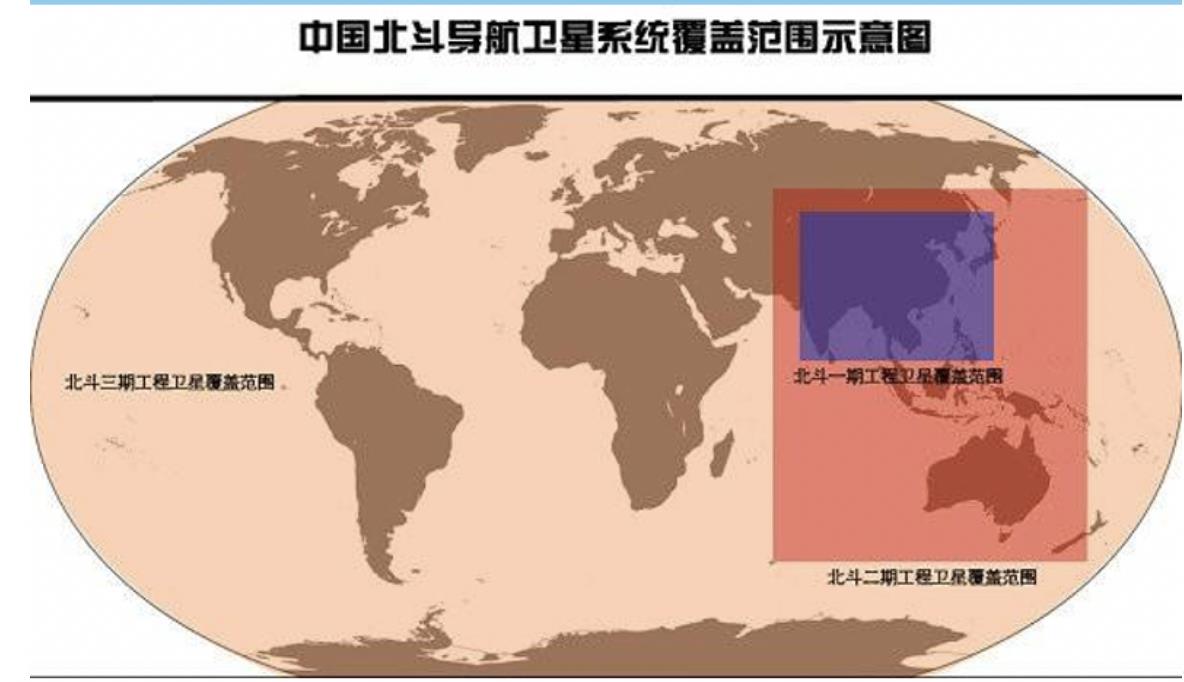
The brightest Chinese star, let the stars in the sky "refer to the Big Dipper"
What is the significance of the Chinese astronauts’ dedication to the "Beidou" satellite?
As an important weapon of the country, Beidou is a major space infrastructure in our country. The goal of building our country’s space-time reference network and navigation information network is an important support for my great power status and strategic interests. "It can be said that the sooner the construction is made, the more strategic advantage it will have." Kang Guohua gave an example. "Satellite positioning requires the transmission of radio waves at specific frequency points from the sky to the ground. Since only specific frequency points have the least attenuation during the process of electromagnetic waves penetrating the atmosphere, these frequency points have become important strategic resources." According to the current ITU’s "first-served" rule for frequency point allocation, the United States has chosen the best frequency band because it was the first to build GPS.
The competition in satellite navigation is not only the competition of the technical system, but also the competition of constellations and signals. China, Europe, and the United States have gone through years of coordination work on satellite frequency and orbital position issues, and even "open and secret wars", which are full of "games" of aerospace powers.
The Beidou-2 navigation system has experienced such a pressing time. According to the relevant regulations of the ITU, the Beidou-2 navigation system must complete the satellite navigation signal in orbit and broadcast to the ground within seven years. Otherwise, the priority right to use the navigation frequency will be cancelled. It is necessary to reapply for the frequency and carry out relevant international coordination. As a result, our country will lose the best opportunity to develop a global satellite navigation system.
Facing the urgent development task, Chen Zhonggui, an alumnus of Nanjing University of Aeronautics and Astronautics and then the deputy chief designer of the Beidou-2 satellite, led the party commando team to improve the integrated test verification method, and fought for 8 months with "5 + 2" a week and "white + black" every day. On April 16, 2007, two days after the successful launch, Beijing received a clear signal from the flight test satellite. At this time, there were less than 4 hours left before the space frequency failure – it was this feat that effectively protected the frequency resources of our country’s satellite navigation system and opened the prelude to the construction of the Beidou regional navigation system.
"Today, the successful networking of the Beidou-3 global satellite navigation system marks that our country has the" capital "of PK with the strength of the US GPS navigation system in the field of satellite navigation systems. Beidou is not only a national project, but also a national project. ‘Beidou’ has multiple’firsts’." Wen Xin listed that the Beidou satellite navigation system has adopted the hybrid constellation system of three orbits (GEO, IGSO, MEO) for the first time; it has reached the requirement of 100% localization of components for the first time; and it has proposed cooperation and compatibility for the first time… These all make China’s aerospace and satellite monitoring technology more confident in the world.
For example, the on-board atomic clock, which is the "heart" of a navigation satellite, was once a technological blank in China. There was a time difference between radio wave transmission and reception, and the time difference multiplied by the speed of light was the distance. As long as the error was one second, the distance would be 300,000 kilometers. During the development of Beidou-2, a Swiss company was introduced, but later the European Union required the company to provide atomic clocks that were an order of magnitude less accurate than the "Galileo" navigation system, which made Chen Zhonggui and the design team more deeply realize that "key core technologies cannot be bought, or they cannot be bought, or they cannot be bought."
Today, our country has conquered the key technologies of rubidium atomic clock and hydrogen atomic clock, and used these two atomic clocks on the Beidou navigation satellite to achieve the establishment of time benchmarks. Among them, the on-board rubidium atomic clock has achieved 100% localization of components, and the current accuracy can reach 3 million The error is only 1 second, and the passive on-board hydrogen atomic clock has an error of 1 second in 10 million years.
At present, the Beidou-3 satellite has formed a distinct Beidou feature in terms of positioning services, wide-area enhancement services, global short message services, search and rescue services, etc., and has achieved partial leadership in foreign technology in terms of system signal performance, system transmission and ranging performance, on-board atomic clock performance, and localization of key products and components. In the open class on ideological and political affairs of Nanjing University of Aeronautics and Astronautics, Chen Zhonggui confidently pointed out that "the core of the Beidou-3 system is to serve the world with higher accuracy and higher performance," so that China’s Beidou is also the world’s Beidou! "
The era of "Beidou +" has begun, and it must be easy to use both in the sky and on the ground
After the Beidou global network, the speed of integrating the Beidou system with positioning, timing and short message services into the lives of ordinary people will accelerate. "Beidou +" life will come faster.
"It will become an infrastructure like the water grid and the power grid, and daily life can no longer be separated from it. If you order a takeaway or order a ride-hailing car, you need to use satellite positioning to determine your current location." Kang Guohua said, but then Beidou has to solve various problems such as reliability, accuracy and stability.
"Beidou’s biggest problem now is application promotion." Kang Guohua said that after all, GPS has been developed more than 20 years earlier than us, and users have become sticky and inertial. Take mobile phones as an example, replacing GPS chips with Beidou chips will increase a lot of external costs, and merchants have no incentive to replace them. Therefore, in some mature areas of GPS applications, replacing Beidou often encounters relatively large resistance. But the more people use Beidou, the lower the cost will be, and the faster the iterative improvement speed will be, forming positive feedback.
The research on "low-orbit satellite navigation enhancement" currently led by Professor Kang Guohua is related to the promotion and application of Beidou. "If we compare the Beidou system to a highway-like backbone network, it can provide positioning accuracy better than 10 meters; then our work is similar to building’provincial roads’, and further improve the accuracy on the basis of this backbone network."
As an example, Kang Guohua said that when you shuttle between city buildings, due to the "canyon" effect formed by the buildings, you can see the sky is very small, so the signal received by the satellite is small and weak. The low-orbit navigation enhancement system is to add another layer of low-orbit constellation below the Beidou constellation, and use the navigation enhancement system on the low-orbit satellite to achieve Beidou signal enhancement and broadcasting, thereby improving the strength of the signal and upgrading the original Beidou road-level positioning to lane-level positioning. Before we could know where people were, now I have to know whether you took your left foot or your right foot. "Kang Guohua said. Now Japan has a Quasi-Zenith satellite that does something similar, but they do it with GPS, and our team did it with our own Beidou.
In the future, the Beidou satellite navigation system will have a wide range of applications in land, sea, aerospace, mass consumption and other fields. "For example, in marine fisheries, the navigation of ships and the establishment of an integrated fishery information service network are inseparable from the positioning signal of the Beidou system." Wen Xin said that in the field of transportation, the application of advanced satellite navigation technology is an important means to realize the informatization and modernization of transportation, and is of great significance to the establishment of a smooth, efficient, safe and green modern transportation system. "
The reporter learned that the Beidou system has begun to be applied in many fields in our country. For example, the hydrological monitoring system based on the Beidou system has realized the real-time transmission of hydrological and water regime information, greatly improving the accuracy of rain, water regime, drought and disaster information collection and the timeliness of transmission. It has been widely used in southern Shaanxi, the Yangtze River Basin and the Yellow River Basin in our country, and the number of users has reached more than 4,000. "In the field of weather forecasting, after many years of meteorological digital message transmission application experiments, a series of meteorological forecast-type Beidou end point equipment and system application solutions developed by scientific researchers have solved the automatic transmission and collection of weather station digital messages and the visual display function of weather station map distribution by the National Meteorological Administration and meteorological centers in various cities. At present, the end point of Beidou application in the meteorological field has reached thousands of units. "
Microlink – "Beidou No. 3" Chief Engineer "Nanhangzao"
"Beidou-3" also has a cordial connection with Jiangsu. Its chief designer, Chen Zhonggui, is an 86-level alumnus of Nanjing University of Aeronautics and Astronautics.
"Look up at the starry sky, hold up the ambition to explore the universe. Work hard to realize the dream of a space power." On this year’s fifth "China Space Day" and the 50th anniversary of the successful launch of the "Dongfanghong No. 1" satellite, Chen Zhonggui sent an affectionate message to the students of his alma mater.
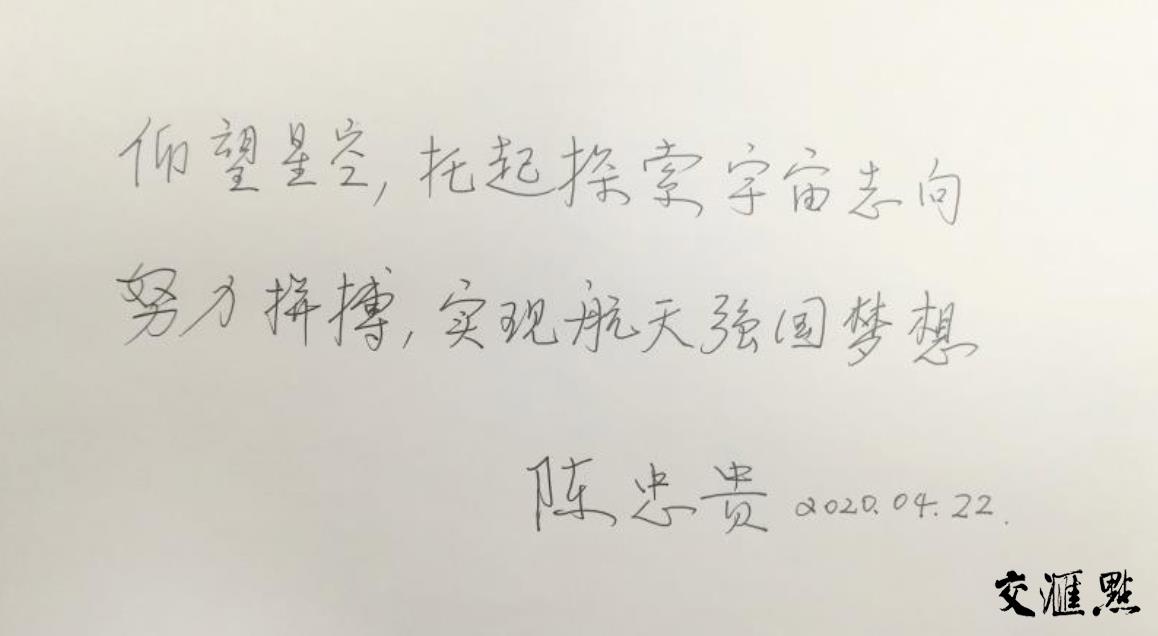
Chen Zhonggui has worked in the Aerospace Academy for 31 years after graduation, of which 20 years have been engaged in work related to Beidou. Beidou satellite navigation system has grown from nothing, from weak to strong, from regional to global, he has witnessed 80,000 Beidou people working day and night, painstaking research and dedication.
In December 2018, Chen Zhonggui returned to the campus of China Southern Airlines and brought a shocking open class on the ideology and politics of the alumni chief teacher "Beidou Navigation Satellite" to the students. Chen Zhonggui, who originally studied mining machinery as an undergraduate, quit his job after working for a few years out of yearning for his aerospace dream and chose to apply for the mathematical mechanics major of Nanjing Institute of Aeronautics and Astronautics (the predecessor of Nanjing University of Aeronautics and Astronautics), under the tutelage of Professor Zhu Ming, who is engaged in multi-body dynamics research.
"The study style of China Southern Airlines is very strict, especially the requirements of the professional basic courses are particularly high, and the exams are not ambiguous." This is what Chen Zhonggui remembered most when he was studying in graduate school. He still remembers the automatic control of this course, "The exam results are not satisfactory, and the teacher will talk to the students to help the students analyze the reasons, and draw inferences from one another." It is with such a rigorous study style and dedicated professional teachers that Chen Zhonggui made up for the gap in professional foundation in time during his graduate school, laying the foundation for the later work development.
Under the guidance of Mr. Zhu Ming, Chen Zhonggui aimed his graduate thesis at the new modeling theory of multi-body dynamics and the development of analytical software. During the writing of his graduate thesis, he had more opportunities to come into contact with the field of aerospace, and at that time, aerospace was most lacking in professionals engaged in basic disciplines such as dynamics and heat. It was this opportunity that Chen Zhonggui "naturally" formed a tacit connection with aerospace, and after graduation, he resolutely chose the Fifth Academy of Aerospace, a field he had pursued and loved.
In the open class for the students of China Southern Airlines, Chen Zhonggui comprehensively reviewed the development process of our country’s Beidou satellite navigation from No. 1 to No. 3, and systematically described the technical evolution and major innovation achievements of our country in the field of satellite navigation systems. Now the Beidou satellite navigation system has achieved 100% localization of stand-alone products that make up satellites, and all core components have been localized. It has become the fourth mature satellite navigation system after the US GPS, the Russian GLONASS system, and the European Galileo system.
Compared with Beidou-2, Beidou-3 requires more complete functions, more indicators, and higher reliability. How to achieve a leap in system performance in a short period of time is a severe challenge for the Beidou-3 demonstration team. Chen Zhonggui led the development team to check the data, build the standard, build the model, make the layout, and compile the plan, and finally formed a technical demonstration report that meets the different needs of all parties.
Looking to the future, he hopes to build a Beidou satellite navigation system that serves the world, is focused, distinctive, locally leading, and has a smooth transition, forming a more ubiquitous, more integrated, and more intelligent benchmark space-time system. Making China’s Beidou also the Beidou of the world is his unswerving career goal for satellite navigation, and it is also a solemn oath to our country’s aerospace power.
Intersection reporter, Yang Pinping
